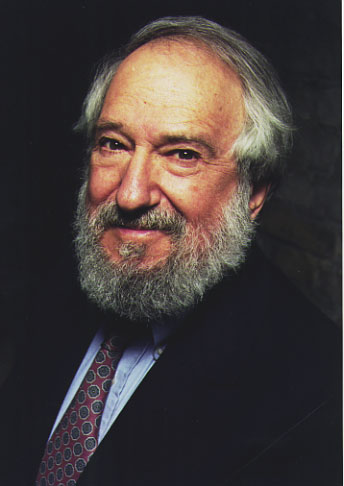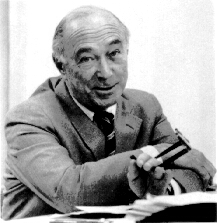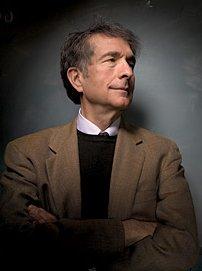
Semour Papert

Jerome Bruner

Howard Gardner
Prominent Teaching Theories
Most of my experience has been and will be primarily adult students. I work as a corporate trainer or instructing college students. I believe the teaching theories I most utilize are those by Semour Papert and Jerome Bruner with a bit of Howard Gardner thrown in. My teaching experience has been in the graphic design field. The people that choose this type of course subject are visual learners or at least are able to absorb visual information successfully. The technology needed to teach these courses also requires hands on activity. The students learn by performing the necessary tasks. Sometimes there will be a step by step demonstration and then the students will attempt to the task on their own. Other times the assignments will require the students to follow along. This seems to follow the theory support by Seymour Papert. (Chart below for quick reference.)
The process of learning different types of graphic design also encompasses Jerome Bruner’s theory. Simple steps are taught that lead into more and more complex techniques. Many design programs have similar tools or functions so that once a student has the basic understanding he/she can use that working knowledge for several programs; thus in essence learning basic functions for many different programs at once. This is also true for some complex techniques and tasks as well.
The reason I mentioned Howard Gardner’s theory is that in my experience, these classes are specifically tailored for visual and hands on learners and instructors. Generally the type of student that enrolls in these courses fits that description. Adult students, being required to pay for their instruction, do not typically enroll in graphic design courses unless there is a specific interest. This fits in with Howard Gardner’s theory that “curricula and instructional approaches to individual intelligences and their dominant ways of knowing” (Lever-Duffy and McDonald, 2008) are targeted and utilized.
Here is a quick reference for the different theorists mentioned and their learning stances:
THEORIST: | THEORY CHARACTERISTS | INSTRUCTOR’S ROLE |
Jerome Bruner: | Finds learning to be an active process in which learners build new ideas or concepts based on their current/past knowledge. | Try to encourage students to discover knowledge with instruction organized in a spiral manner so students continually build on what they have already learned. |
Howard Gardner: | Nine Innate capabilities (with more under study): linguistic, spatial, bodily-kinesthetic, logical-mathematical, and others; every child is smart in his/her own way and possesses combined intelligences that should be encouraged to develop. | Gear curricula and instructional approaches to individual intelligences and their dominant ways of knowing, for the successful pursuit of knowledge, both vocational and avocational, by all. |
Seymour Papert: | Technology should help children experience knowledge and construct meanings; developed Logo and constructivist software based on this perspective. | Provide opportunities for children to develop constructs through experiences; use technology to support experiences. |
(Lever-Duffy and McDonald, 2008)
References:
Lever-Duffy, Judy & McDonald, Jean B. (2008). Teaching and Learning with Technology. Boston: Library of Congress Cataloging-In-Publication Data